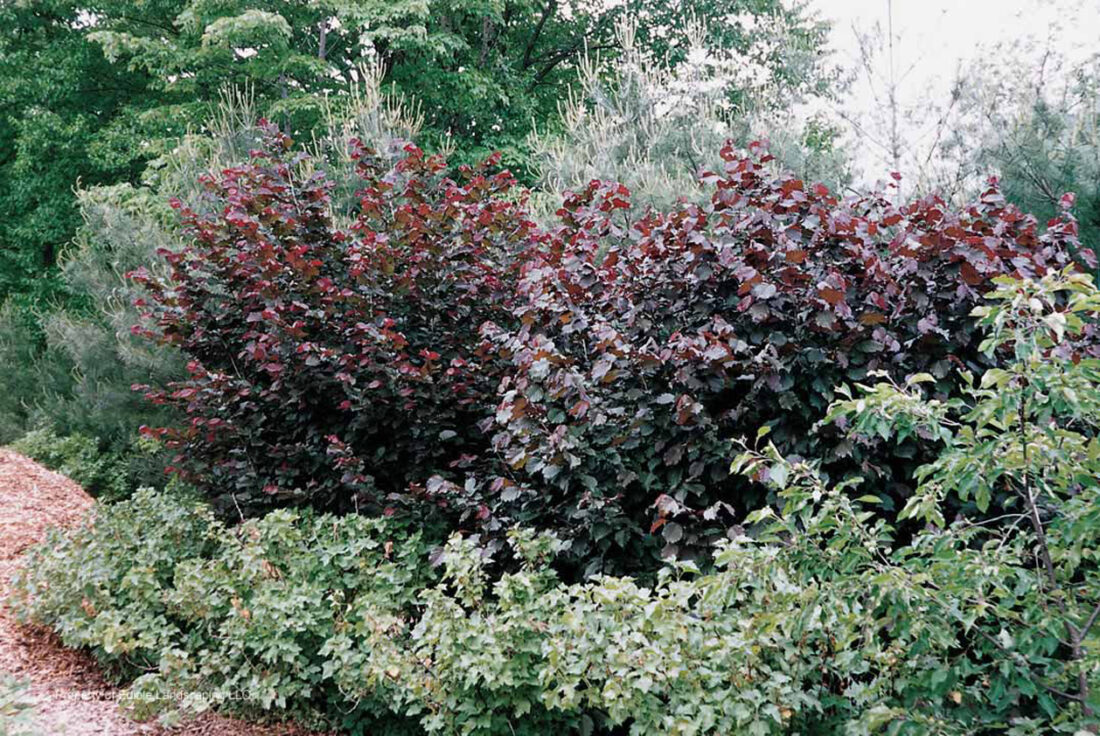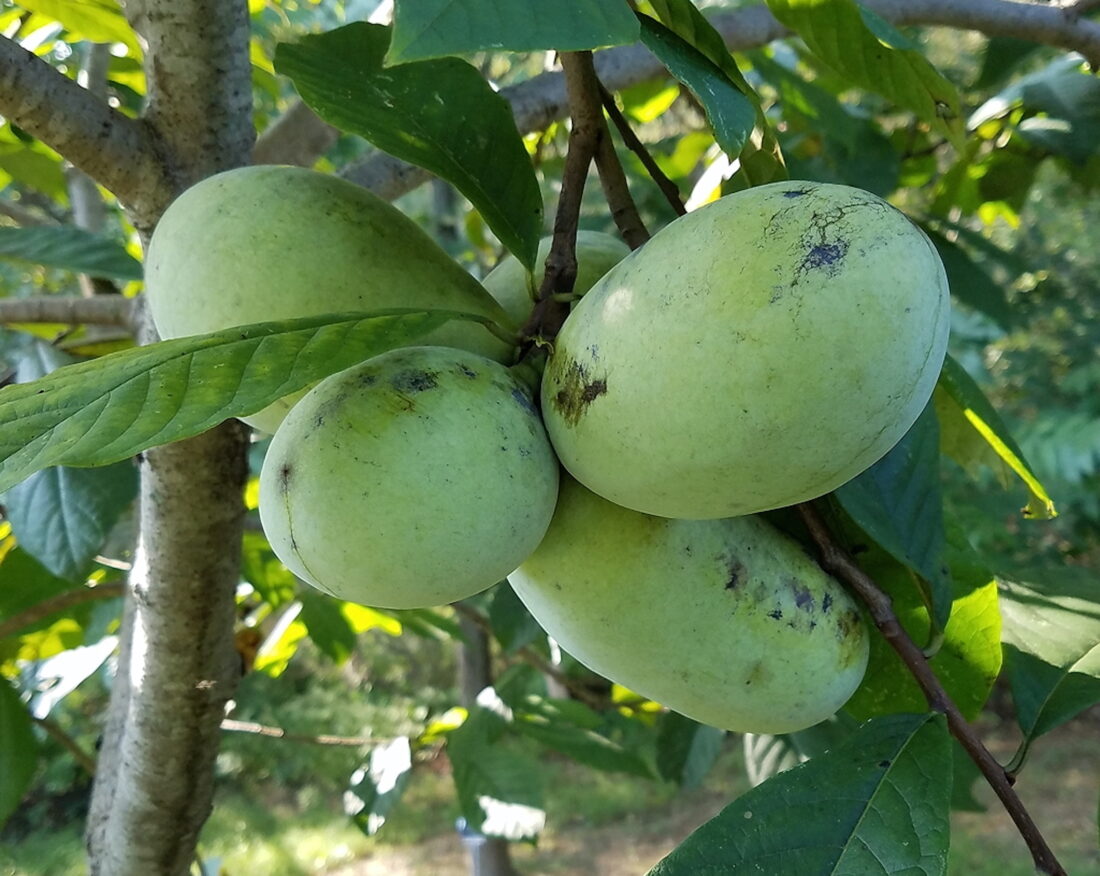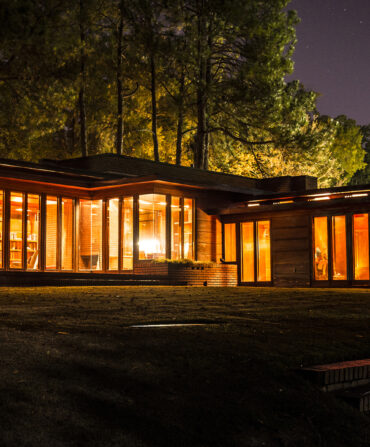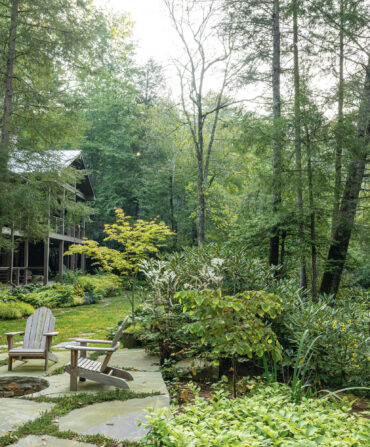Southerners love trees. For their beauty, for their history, and most of all for their shade when the summer sun is intense enough to melt your face. But a cooling canopy over a yard or patio has a trade-off: Sun-loving plantings such as peaches, persimmons, and figs will likely have difficulty producing their bounty. But that doesn’t mean you have to give up on harvesting gorgeous homegrown produce. You just need to choose edible plants known for shade tolerance, whether they’re placed beneath larger growth or on the sheltered side of a house.

For some shade-friendly suggestions, we turned to Michael McConkey, a horticulturist who for four decades has run Edible Landscaping, a nursery in Afton, Virginia, that specializes in easy-care fruiting trees, shrubs, and vines.
Pawpaw
Sometimes affectionately called “Appalachian banana,” wild-growing native pawpaw trees bring a surprise bit of the tropics to the understory of Southern forests in the Mid-Atlantic and beyond. That’s because they produce clusters of oblong, fist-sized fruits that when cut open, reveal a custardy interior that tastes of mango and banana with a floral undertone. “I like ripe pawpaw fresh for breakfast,” McConkey says, “and of course a lot of people think it makes great ice cream.” A member of the magnolia order, the tree itself is pretty, with large, oval leaves, and grows to about twelve feet in the shady conditions it prefers. McConkey, who cultivates a dozen varieties of pawpaw, advises that they perform best in USDA hardiness zones 5 through 8.
Jostaberry
This recently introduced cross between gooseberry and currant has an advantage on its parents in that it’s hardy in zones 3 through 8, meaning it can be reliably grown as far south as the Florida Panhandle. (Note that it doesn’t usually fruit until the third or fourth year.) The upright bush, which grows to heights of about four feet, has large, dark green leaves and requires little pruning. McConkey offers black-fruiting and red-fruiting varieties and says the vitamin C–rich, thumb-sized fruits are excellent for jams or eaten fresh. Toss them in a smoothie!
Filbert

The American Purple Leaf Filbert, which is tolerant of sun and shade, is an eye-catching, head-tall shrub that buds bright red leaves in the spring that turn green to burgundy to bronze through the fall. Husk-enclosed, acorn-shaped nuts (also commonly called hazelnuts) drop to the ground in fall and are typically toasted and used in baking or even in soups. And as any Nutella fan knows, they pair wonderfully with chocolate.
Lingonberry
Lingonberries are most associated with Scandinavian countries, but as long as they’re shaded, they can be successfully cultivated in the Deep South. The evergreen dwarf shrub grows best in high-organic, woodsy mulch, so it can be deployed as a border plant. It sprays pink-white, bell-shaped flowers in spring, followed by small, ruby-red berries into the fall. Like their cranberry cousin, lingonberries are lip-puckeringly sour right off the plant but delicious as jam. Or go all-in Nordic and prepare them as a syrup for pancakes.
Alpine Strawberry
Reaching less than a foot tall, this forest-born strawberry grows in clumps that won’t spread, so it’s a good candidate as ground cover in shaded borders and rock gardens. The soft, flavorful berries set best when nighttime temperatures are below 50 degrees, so McConkey advises that it does best in zones 3 through 7. “I love being able to walk past these and pick off little, ripe strawberries,” he says.








